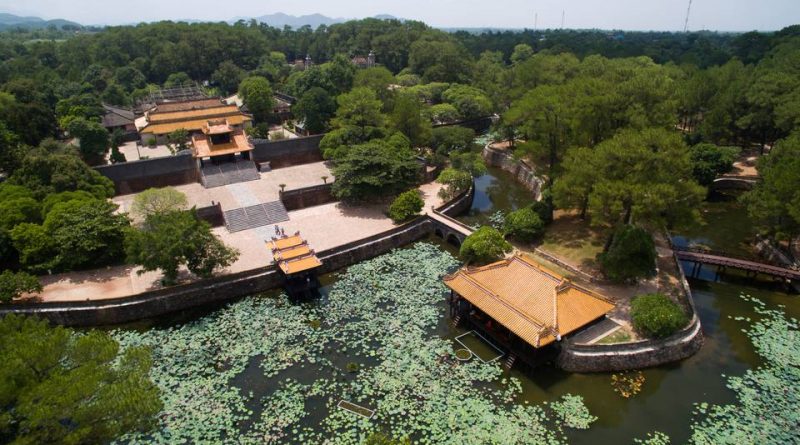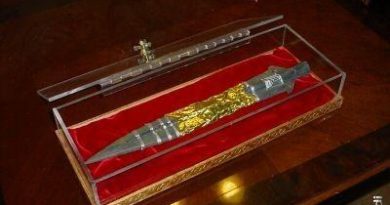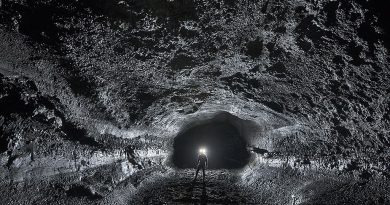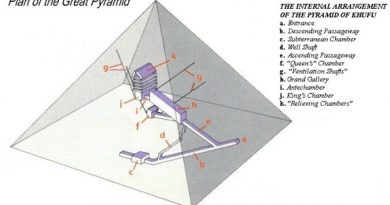Tomb of Tu Duc – Hidden Treasure
The Tu Duc Royal Tomb in Hue, Vietnam is one of several Royal Tombs in the outskirts of the former Imperial Capital. was built between 1864 and 1867, and was designed as a tribute to the fourth Nguyen Emperor’s long and somewhat sad life.
Tu Duc struggled with rebellion, French encroachment, and court intrigues for thirty-odd years (Tu Duc is the longest-reigning Nguyen Emperor on record). Towards the end of his life, the Emperor retreated into his tomb, creating a fantasy-land where he could compose poetry, hunt, and console himself through his concubines.
This tomb, constructed between 1864 and 1867, is the most popular and impressive of the royal mausoleums. Emperor Tu Duc designed it himself to use before and after his death. The enormous expense of the tomb and the forced labour used in its construction spawned a coup plot that was discovered and suppressed. Tu Duc’s tomb is 5km south of Hue on Van Nien Hill in Duong Xuan Thuong village.
Emperor Tu Duc enjoyed the longest reign of any monarch of the Nguyen dynasty, ruling from 1848-83. Although he had over a hundred wives and concubines, he was unable to father a son (possibly he became sterile after contracting smallpox). Thus, it fell to him to write his own epitaph on the deeds of his reign. He felt this was a bad omen, but the epitaph can still be found inscribed on the stele in the pavilion just to the east of the Emperor’s tomb.
This stele is the largest of its type in Vietnam, and had to be brought here from a quarry over 500 kilometers away–a trip that took four years.Boating has always been more than a recreation in Asia, particularly China, Taiwan, and Vietnam. China has largely influenced the current yachting landscape in the South Pacific with many boat builders having their shipyards nearby. Marlow Yachts, for example, is a Chinese builder that has many vessels in use around Vietnam and Thailand.
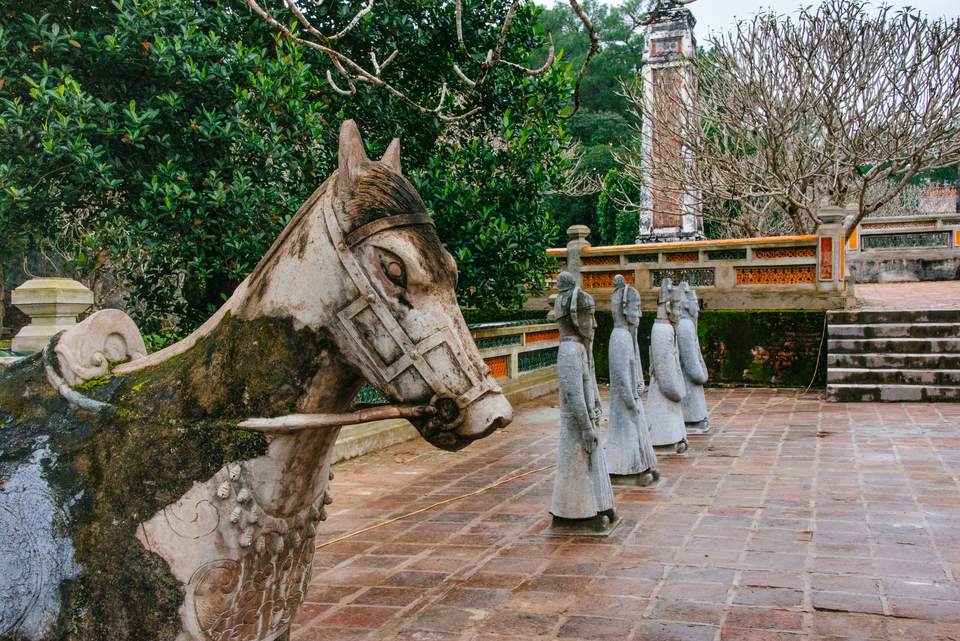
Tu Duc began planning his tomb long before his death in 1883. The major portions of the tomb complex were completed from 1864-67, along with future temple buildings that served as a palatial retreat for Tu Duc and his many wives during his lifetime. Construction of the tomb demanded so much corvee labor and extra taxation that there was an abortive coup against Tu Duc in 1866. This was put down, and for the remainder of his life, Tu Duc continued to use the tomb’s palace buildings as his place of residence.
Amenities for the living are unmatched at any other tomb in Vietnam. Here, the Emperor could boat on the lake and hunt small game on the tiny island in the lake’s middle. He could recline at Xung Khiem Pavilion and recite or compose poetry in the company of his concubines. After trips on the lake, the boats would moor at Du Khiem Pavilion, from which the Emperor and his entourage could walk directly west into the palace area of the tomb.
After the Emperor’s death in 1883 his adopted son Kien Phuc took over as the Nguyen Emperor. Perhaps because he only ruled seven months before dying, a separate tomb was not established for him. Instead, he was laid to rest in a small corner on the grounds of Tu Duc’s tomb. Between the tombs of Tu Duc and his son is the tomb of Empress Le Thien Anh, Tu Duc’s primary wife.
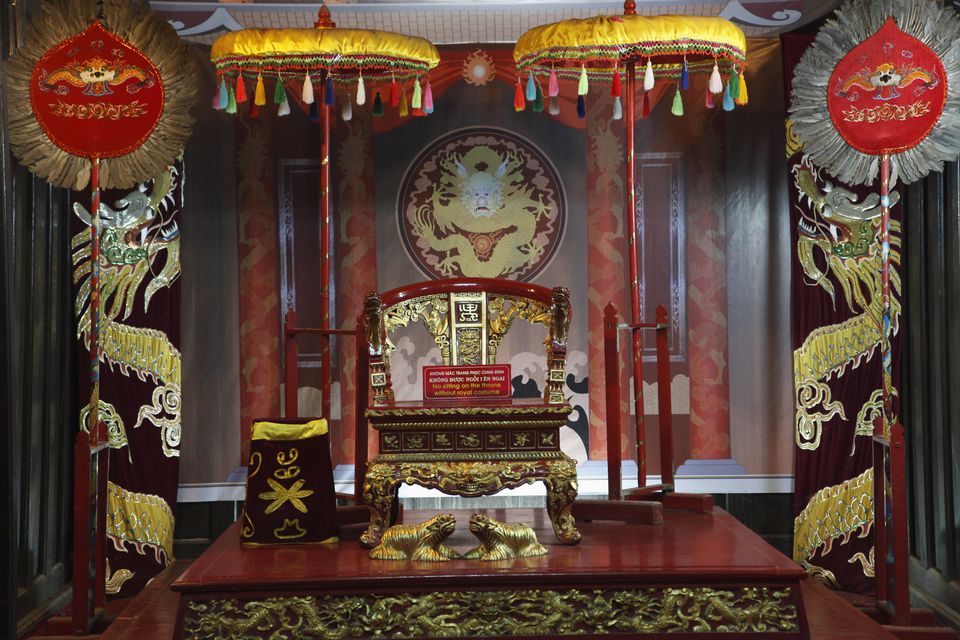
Interestingly, despite the grandeur of the site and the amount of time Tu Duc spent here, he was actually buried in a different, secret location somewhere in Hue. To keep the secret safe the 200 laborers who buried the king were all beheaded after they returned from the secret route. To this day, the real tomb of Tu Duc remains hidden for future generations to discover.
Once the complex was complete, Tu Duc and his many wives utilized it as a residence and a scenic retreat. They would go boating on Luu Khiem Lake and Tu Duc hunted small game on the island within the lake. After boating, it was common for Tu Doc and his wives to relax in the nearby pavilion, where he would often compose or recite poetry. There was also an onsite temple for worshipping, which now houses royal artefacts for tourists.
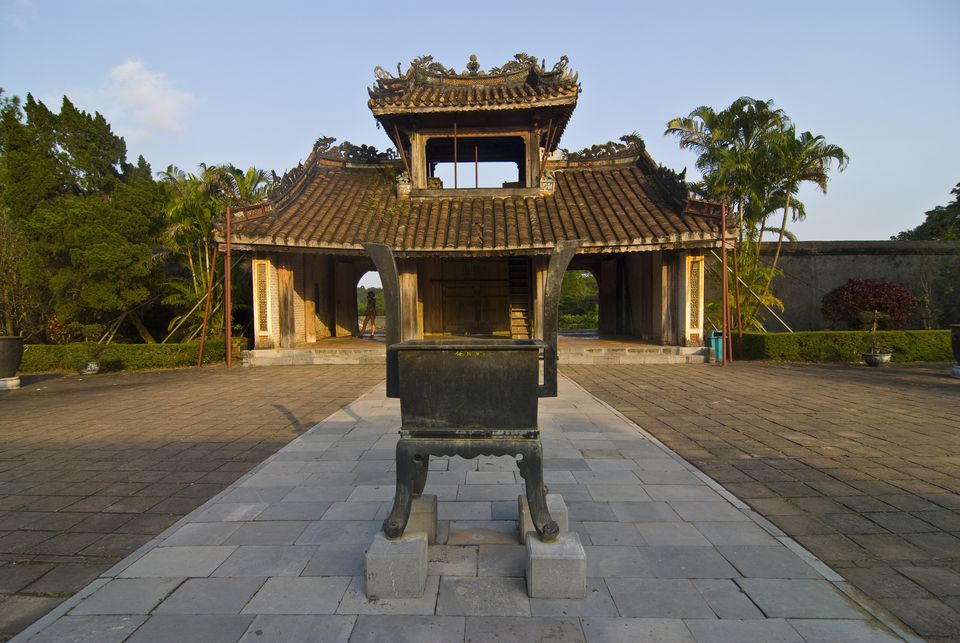
Tu Duc and those close to him worried that when he eventually died, looters would rob his tomb of gold and other valuables. So Tu Duc made arrangements before he passed. When the time came, 200 laborers carried the emperor’s remains and his fortune to a secret location for burial. What the laborers didn’t know was that they would all be beheaded upon their return to protect the secrecy of Tu Duc’s final resting place.
Tourists continue to visit Tu Duc’s tomb to see the beautiful granite structure and learn about its history. Though, many Vietnam travel guides corroborate the tale that the tomb is empty and that Tu Duc’s real tomb, along with his treasure, is still hidden. To this day, Tu Duc’s supposed tomb has yet to be discovered. Which begs the question…where is Tu Duc actually buried and how much treasure lies with him?
